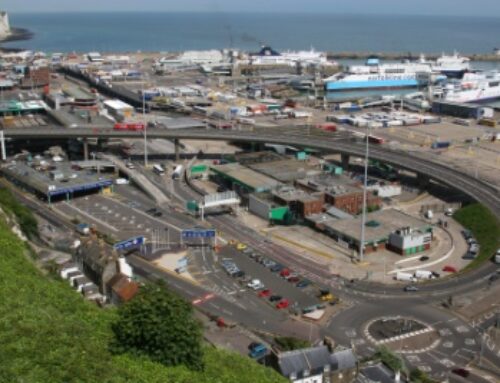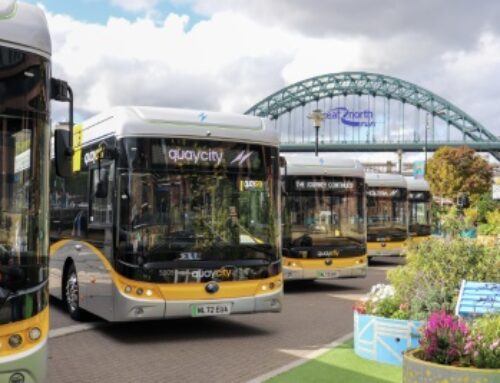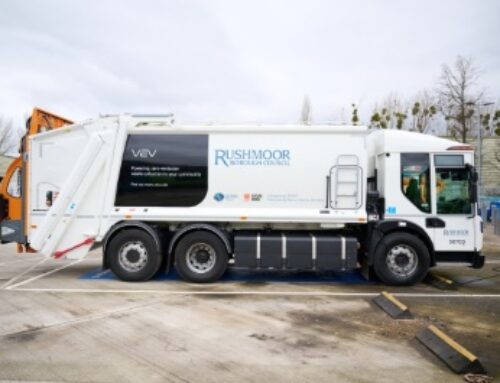London Square Mile plans zero emission zone
 The City of London Corporation is planning to reduce traffic by half as it moves toward making London’s central business district the UK’s first Zero Emission Zone.
The City of London Corporation is planning to reduce traffic by half as it moves toward making London’s central business district the UK’s first Zero Emission Zone.
Motorised traffic will be cut by 25 per cent by 2030 and 50 per cent by 2044. The City of London’s main tool for this will be “a congestion charge that is fit for purpose” and a 15 mph speed limit.
Initial smaller Zero Emission Zones will be introduced in the Eastern City Cluster, Barbican and Golden Lane areas.
The measures will be independent of, and additional to, the London Congestion Charge and Ultra-Low Emissions Zone.
Freight operations will be curtailed through the introduction of timed access and loading restrictions, together with off-site consolidation areas where different consignments would be grouped for delivery on a smaller number of vehicles.
Chris Heyward, chairman of the City of London’s Planning and Transportation Committee, said the plan would “future-proof this world-class, growing business and culture centre”.
Denise Beedell, Policy Manager for Vans and Urban Transport at the Freight Transport Association, commented: “These proposals showcase the City of London’s long-term and serious commitment to improving air quality and road safety, both of which are of the utmost importance to FTA and its members.
“While we applaud many aspects of the proposals – such as priority parking access for commercial vehicles – there are several other areas that need reconsidering.
“The flagship initiative of the scheme is the introduction of a Zero Emission Zone covering the east of the City and the Barbican area by 2022. This is a premature move – zero emission vehicles are currently not commercially viable and greater investment is needed into their development.
“Firstly, initial purchasing costs of electric vehicles must be reduced for it to become an affordable and realistic option for businesses of all sizes. Secondly, there is insufficient charging infrastructure in place. While FTA notes the proposals include a potential charging hub, a nationwide infrastructure strategy is needed for its long-term feasibility.
“This is just another example of the government’s fragmented and patchwork approach to air quality and road traffic reduction schemes. London needs a planned and coordinated approach, not the patchwork of different schemes we are getting from Hackney Council – its City Fringe Ultra Low Emission Vehicle Streets scheme came into force last month – and now the City of London.
“This extends nationwide, with clean air zones of different sizes, start dates and charges being introduced across several UK cities. This approach is confusing and unhelpful for logistics businesses and makes it challenging for them to put appropriate plans in place.
“FTA will be campaigning on behalf of the logistics industry for amended proposals that reflect the needs of its members.”











